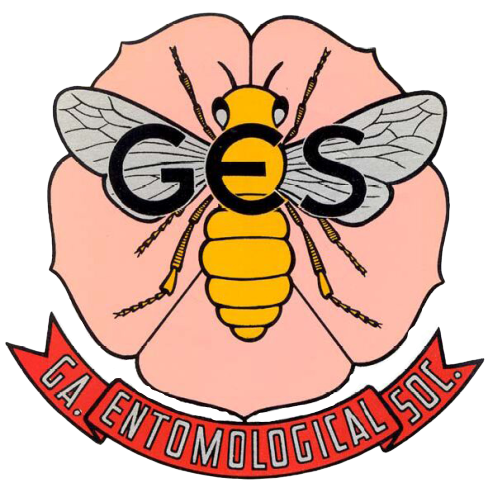Soil Solarization for the Management of Dacus frontalis and Dacus ciliatus (Diptera: Tephritidae) Pupae in Heated Cucurbit Greenhouses in Southern Tunisia1
The fruit flies Dacus frontalis Becker and Dacus ciliatus Loew (Diptera: Tephritidae) are major pests of geothermal cucurbit greenhouses in southern Tunisia, causing significant yield losses. This study evaluated soil solarization coupled with the use of geothermal water and plastic film as a sustainable pest management strategy during the fallow period when only pupae of both insects are present in the soil. Solarization with geothermal water at 60°C, combined with black or transparent plastic films as mulches, significantly reduced the number of pupae and subsequent emergence of adult fruit flies in 2021 and 2022. Solarization using black plastic film resulted in the recovery of a mean of only 1 pupa per greenhouse in 2021 and 0.677 in 2022. The mean number of pupae collected from solarization with transparent film was 4.67 pupae per greenhouse in both years. In untreated greenhouses, mean numbers of pupae were 19.3 in 2021 and 18.7 in 2022. No adults emerged from pupae in the solarized greenhouses, whereas in the untreated greenhouses emergence rates were between 43.4% and 45.1%. During the production season, black film solarization reduced fruit infestation by 20.7% (75.3 flies/kg of fruit) in 2021 and 20.3% (73.9 flies/kg of fruit) in 2022. Fruit infestation in treatments with transparent film was reduced 12.7% (63.5 flies/kg) in 2021 and 16.7% (58.1 flies/kg) in 2022. In contrast, untreated greenhouses had the highest infestation levels, with 34% infested fruits (101 flies/kg) in 2021 and 40.7% infested fruits (102 flies/kg) in 2022. These results demonstrate the potential of solarization as a viable pest management tactic and perhaps a sustainable alternative for managing Dacus fruit fly pests in geothermal greenhouses.Abstract
Contributor Notes
